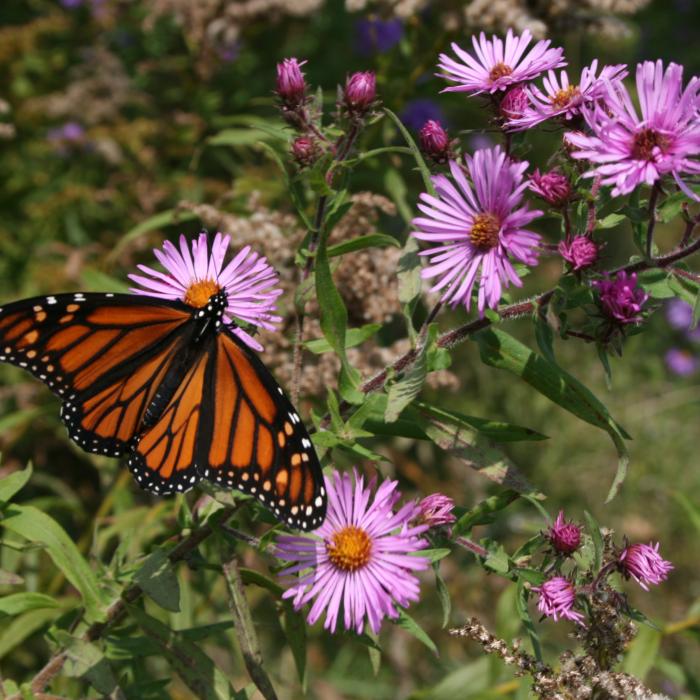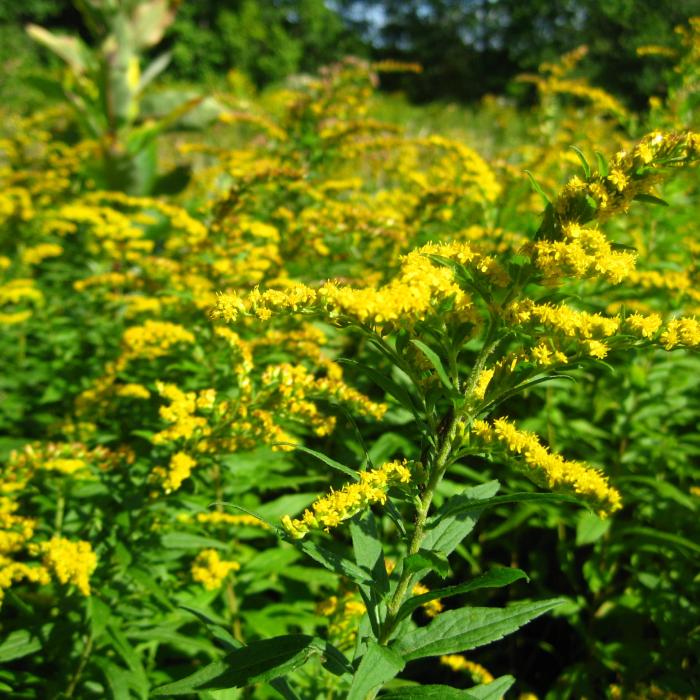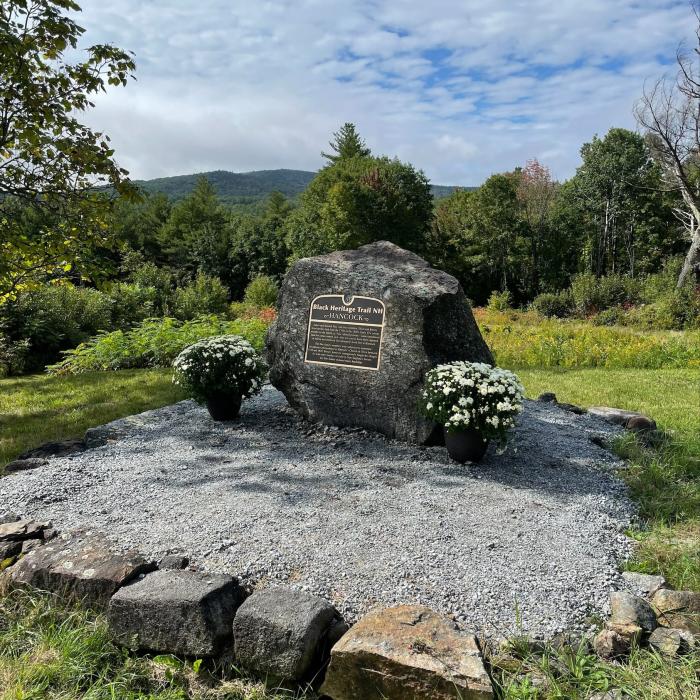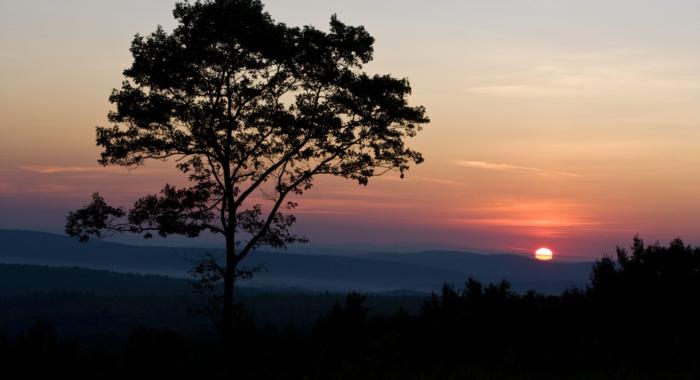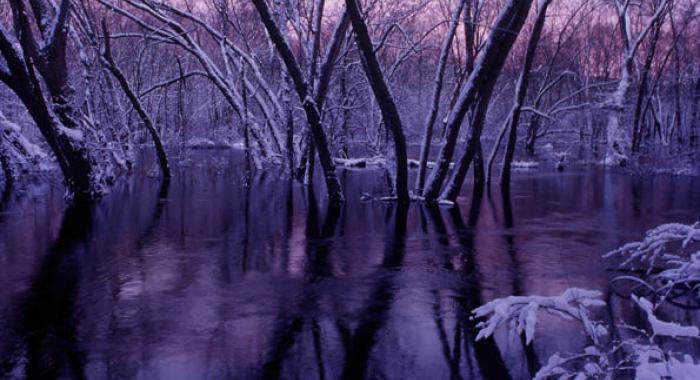About the Property
At Welch Family Farm and Forest, you’ll find old fields, stone walls, and farm roads, the remains of a former homestead and farm. In the 1700s, this land was occupied by the family of James Due, one of the first black settlers in the Town of Hancock. A Black Heritage Trail marker can be found on a large rock in the field just to the north of the entrance road that recognizes the Due Family and their struggle to make a life in colonial New Hampshire. The other side of this rock holds a marker in honor of the Welch family, who emigrated from Ireland in the 1860s, and ultimately helped conserve the property. The Welches pastured cattle and raised vegetables and fruit trees in the fields. Nearby is the foundation where their farmhouse once stood. You’ll also find a large beaver pond on the property, which can be excellent for wildlife watching. It is common to spot turtles, frogs, herons and wood ducks here. On Kulish Forest, an extensive but unmarked network of old woods roads and trails runs through ledgy woods of white pine, red oak, sugar maple and birch. The trails on Kulish Forest are unmaintained skid roads, and are often difficult to follow. Kulish Forest contains excellent habitat for bobcats, so look for their tracks if you are out snowshoeing in winter months.
Please see our Visitor Use Guidelines page for a complete list of rules and regulations for Forest Society reservations.
Property Details
The Welch and Kulish Forests abut one another in Hancock and share access points. The properties are located about 2 miles northwest of the center of Hancock and about 15 miles east of downtown Keene.
Prior to acquisition by the Forest Society, the Welch Forest belonged to the Welch family, who inhabited the property since 1862. They homesteaded and farmed the land, then operated a summer boarding house on the property beginning in 1883. During the late 1800s and early 1900s, farms in New Hampshire began promoting themselves as places for people from the city to come during the summer to relax. This effort was the state’s first major attempt to promote tourism. The income derived from this practice allowed farms and homesteads to persist despite widespread migration westward. The Welches were early adopters of the summer boarding way of life. By 1903, Hancock had no fewer than 13 boarding houses. All were dependent on the local railroad station in Hancock to deliver their boarders.
The farm produced veal, pork, milk, eggs, poultry, vegetables, cream and butter for its tenants. Up to 800 buckets and taps produced syrup from the maple trees on the property.
Circumstances of Acquisition
Welch Forest was acquired on January 27th, 2000 from Elizabeth Welch. Ms. Welch gave the property, along with two additional parcels for resale, to the Forest Society. The town of Hancock holds the conservation easement on the property and the Harris Center holds an executory interest.
The Forest Society acquired Kulish Forest on February 24, 2006 from Robyn and Wanda Clough. The purchase was made possible through funding from many partners, including the Harris Center, the town of Hancock, the Quabbin to Cardigan Initiative and the Monadnock Land Protection Funds. The town of Hancock holds the conservation easement on the property, and the Harris Center holds an executory interest.
Trail Information
Welch Farm Trail
Yellow Rectangles
This hike is an out-and-back hike from the Parking area at Route 123/Welch Farm Road. Park at this roadside pullout near the property sign and hike up the entrance road. Be sure to check out the rock with markers on both sides for the Due and Welch Families, in the field to the left of the road near a giant catalpa tree. Continue up the entrance road and make a left when the road makes a T. From here, pay attention to yellow rectangle trail markers so that you don't miss the trail that goes south (left) to circumvent flooding from the beaver marsh. When you emerge back out on to the farm road, you will get a fantastic view of the pond and marsh. Keep going on Welch Farm Road until you reach the junction of Clark Farm Rd and Route 123, then retrace your steps back to your car.
The Trails on the Kulish Forest are unmaintained and unmarked, and can be very difficult to follow. It is a beautiful place to bushwhack if you are comfortable off-trail, with many ledges and rich hardwood forest- but a strenuous and challenging hike for those not used to off-trail navigation.
Welch Farm Trail is described above. The Trails on the Kulish Forest are unmaintained and unmarked, and can be very difficult to follow. It is a beautiful place to bushwhack if you are comfortable off-trail, with many ledges and rich hardwood forest- but a strenuous and challenging hike for those not used to off-trail navigation.

